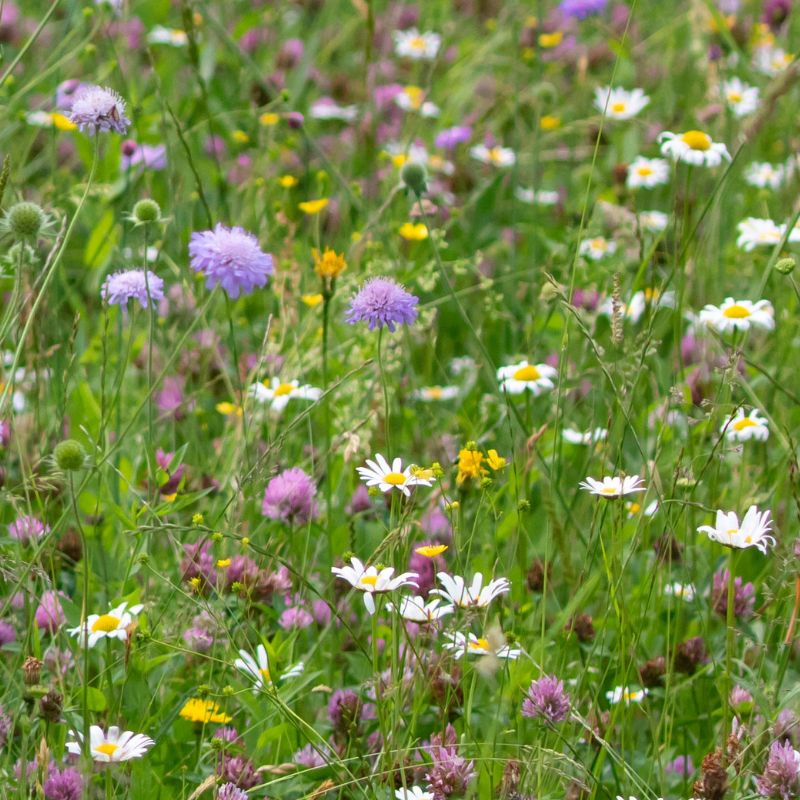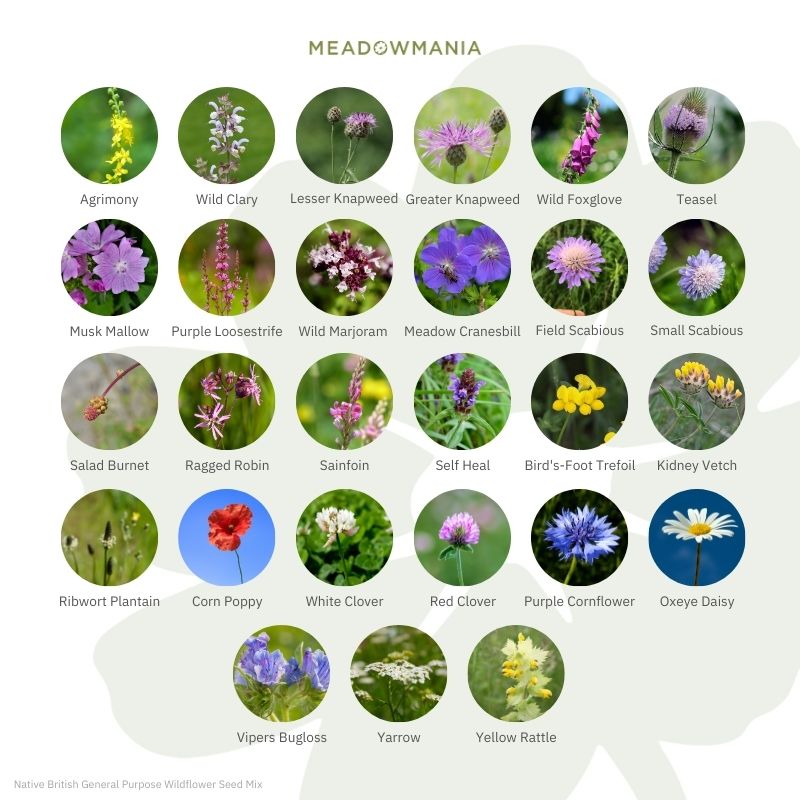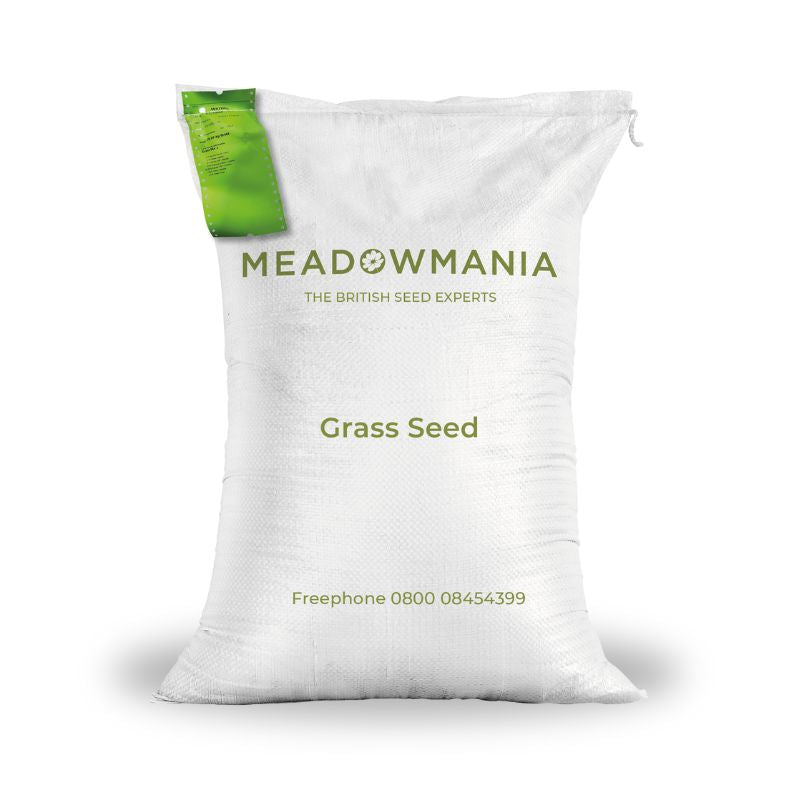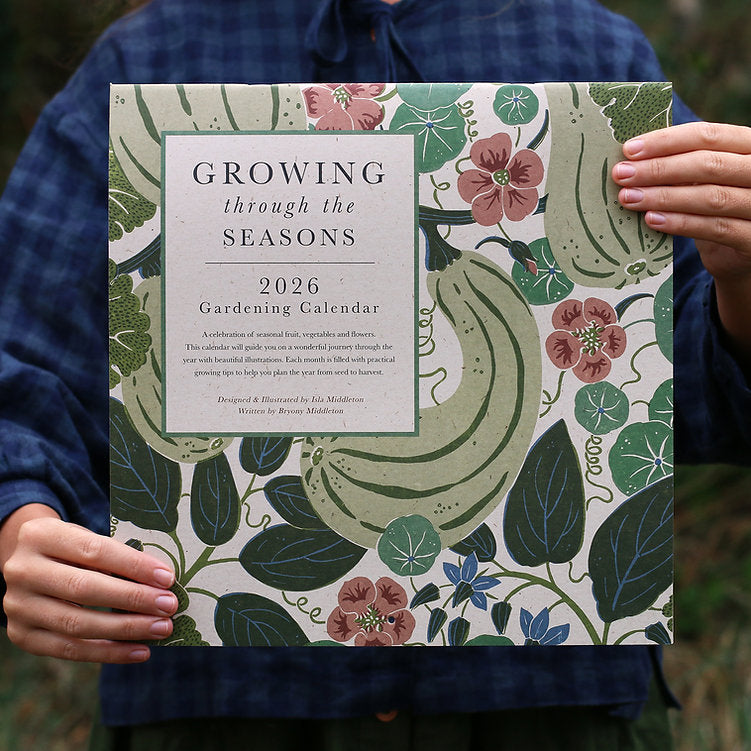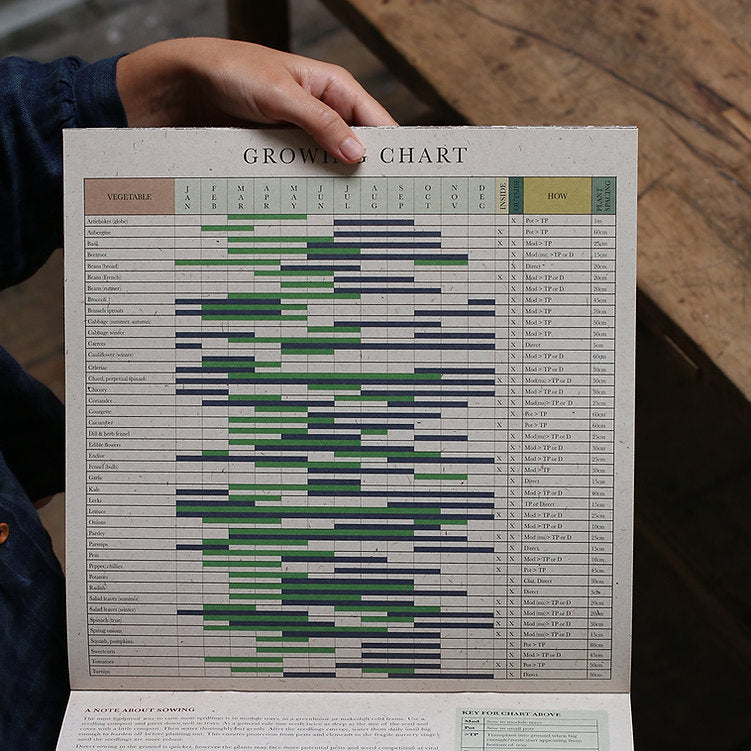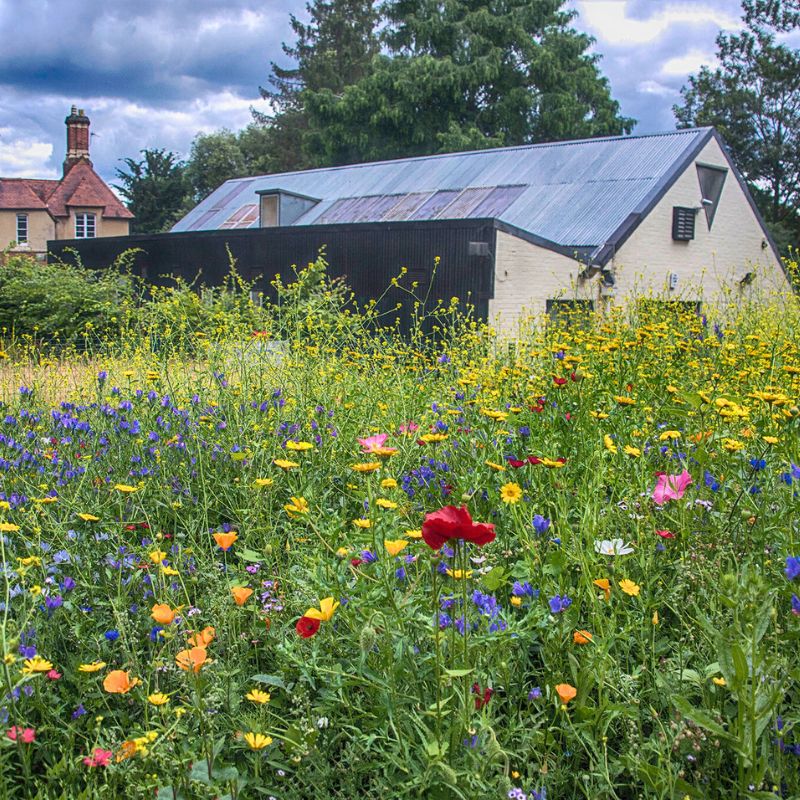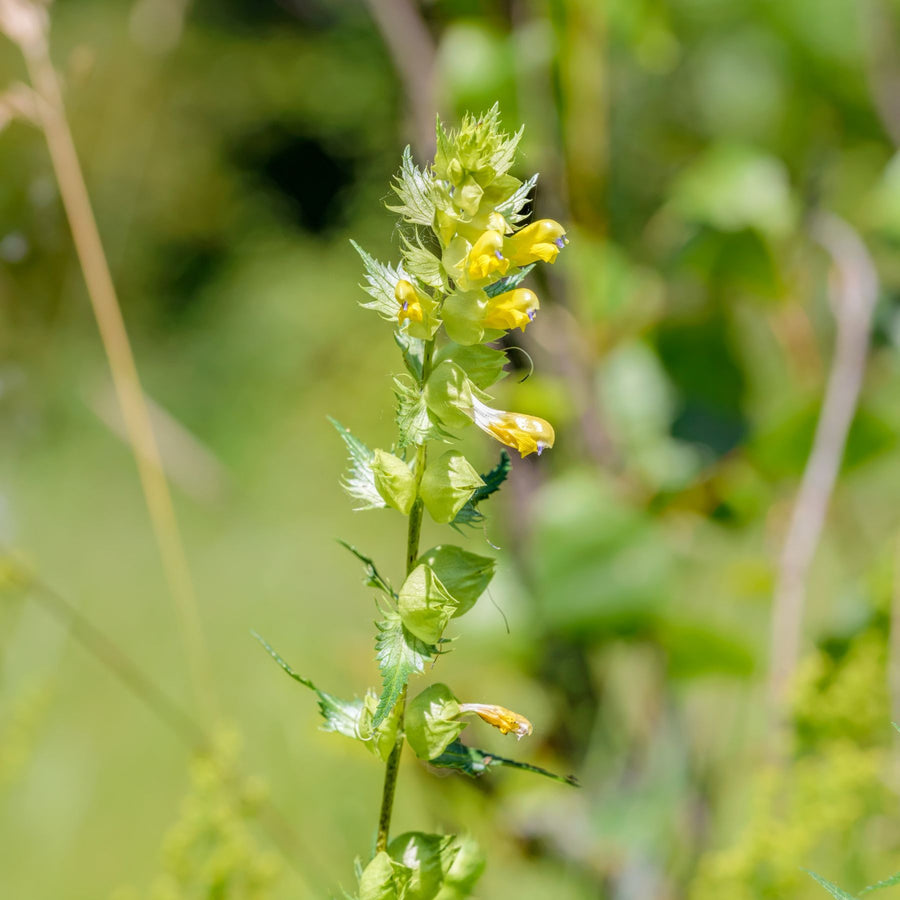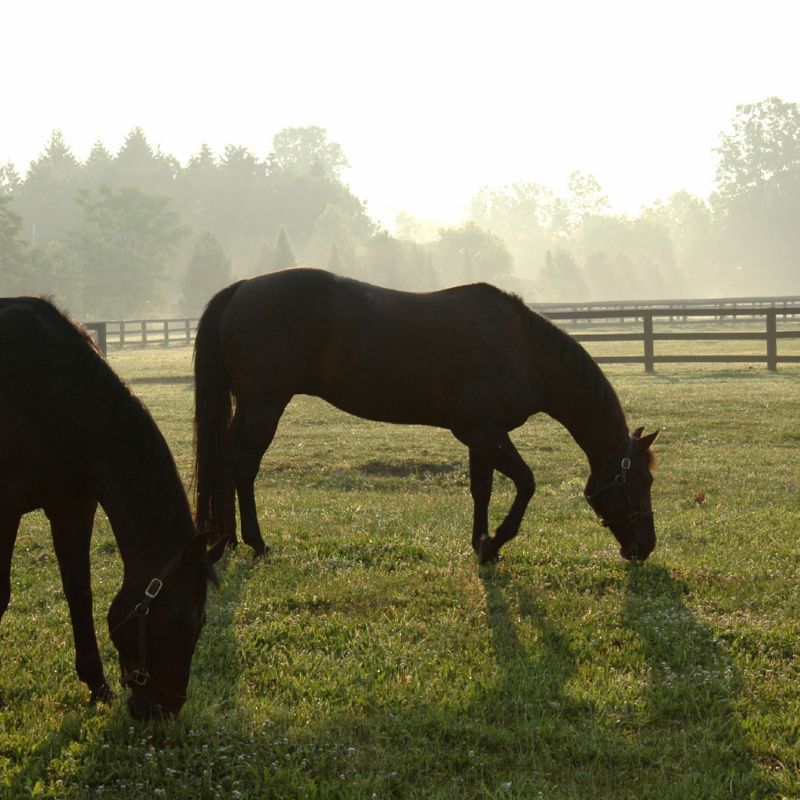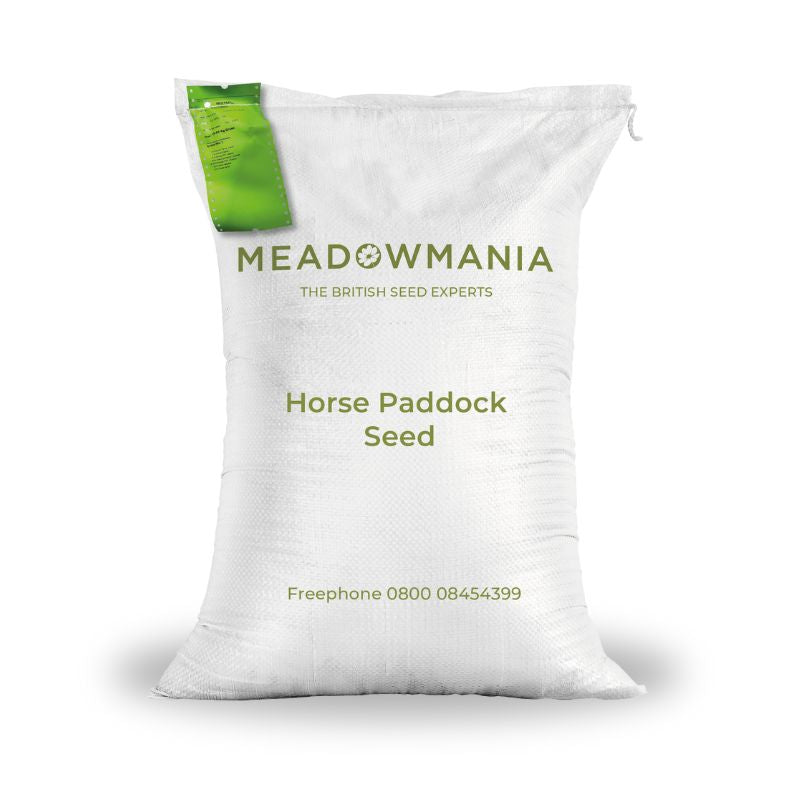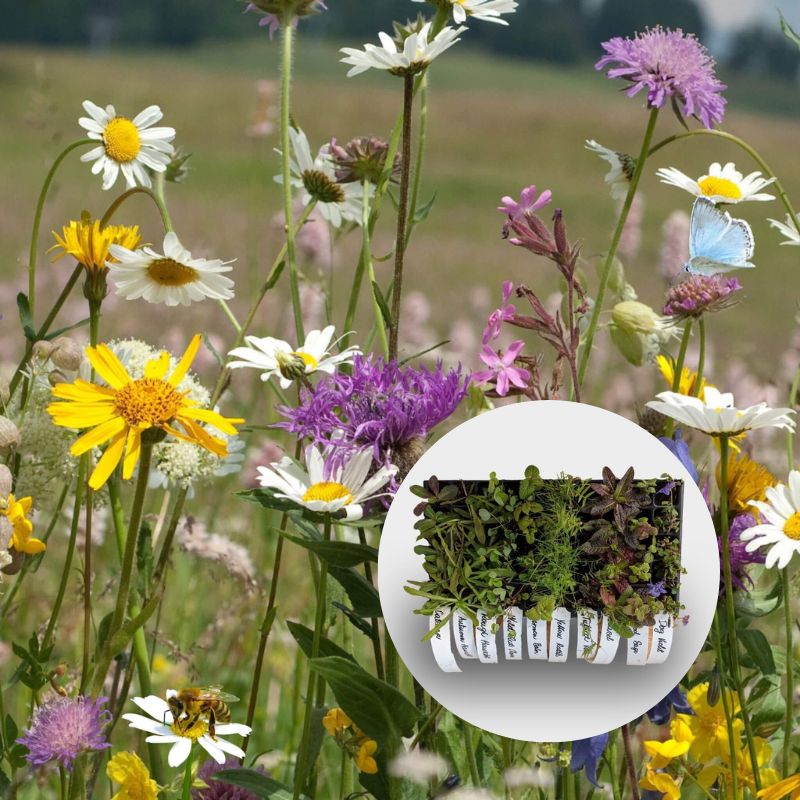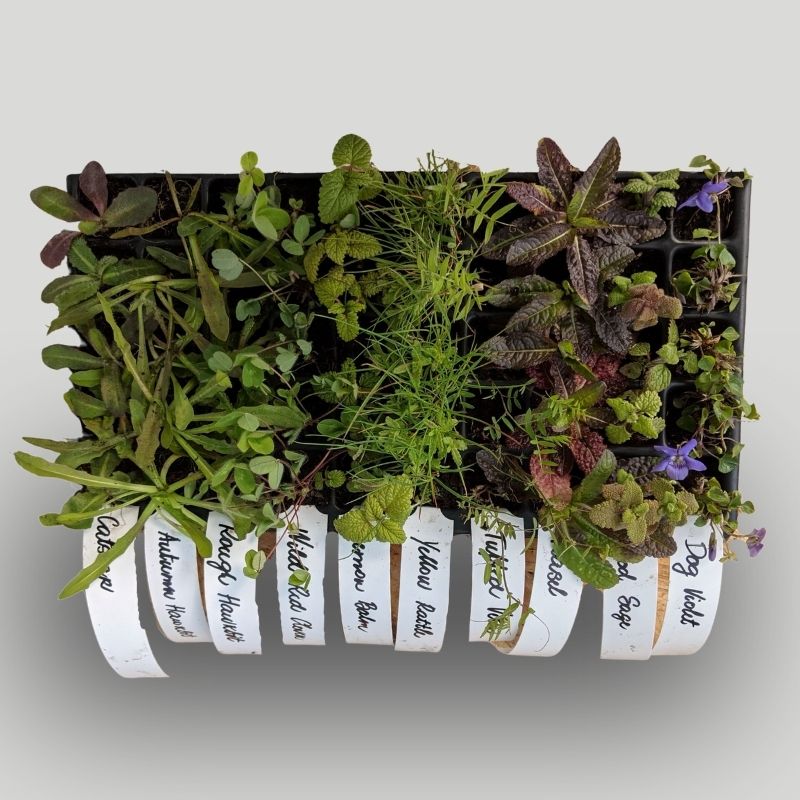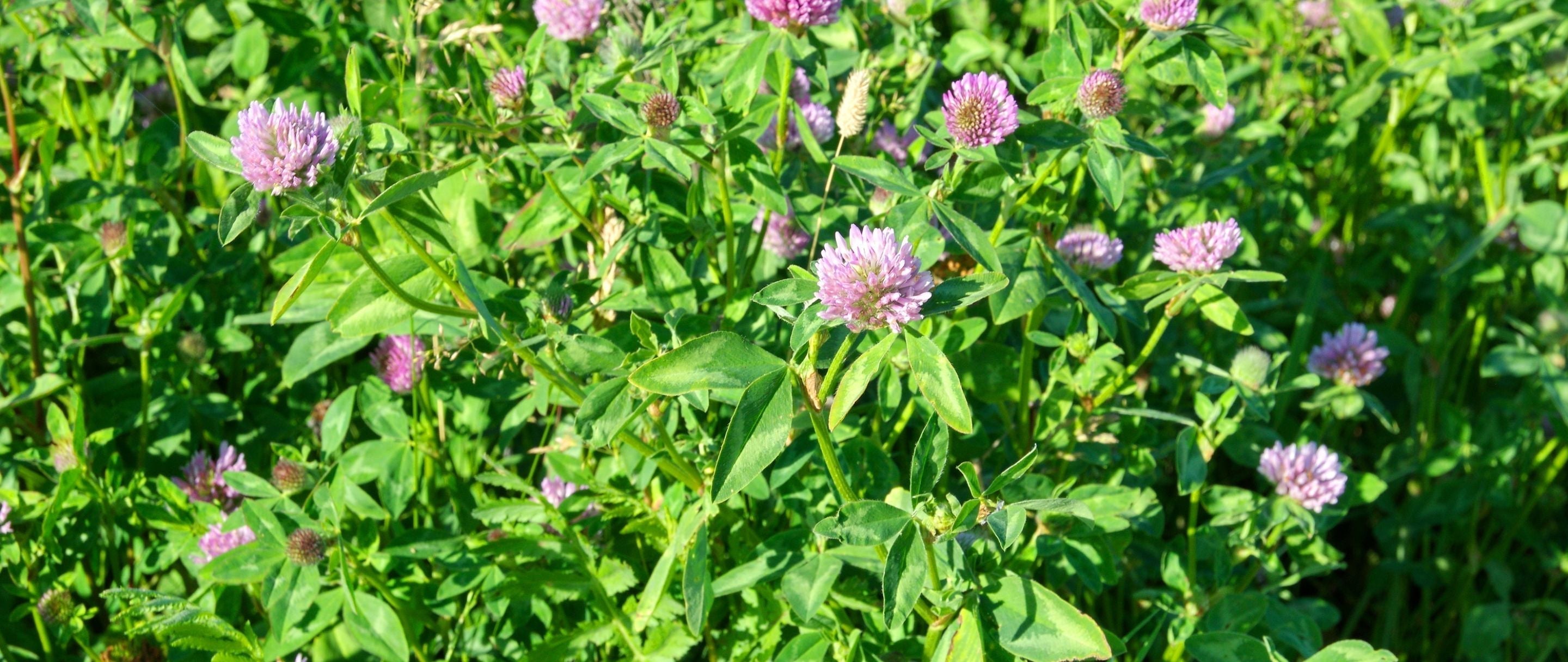
Planting a Clover Seed Blend: White, Red and Crimson Clover
Whether you're looking to enrich your soil, create a pollinator-friendly space, or reduce your lawn's maintenance needs, planting a Clover Seed Blend is a smart and sustainable choice. Our custom mix of white clover, red clover, and crimson clover offers seasonal interest, nitrogen-fixing power, and a beautiful burst of colour.
In this post, we’ll guide you through how to prepare your site, sow your seeds, and care for your new clover patch—whether you’re starting from scratch or overseeding into an existing lawn.
Why Choose a Clover Blend?
Each type of clover in this mix brings unique benefits:
-
White Clover (Trifolium repens): Low-growing and perennial, ideal for ground cover and lawns.
-
Red Clover (Trifolium pratense): Taller, short-lived perennial with deep roots and rich nectar for pollinators.
-
Crimson Clover (Trifolium incarnatum): Striking annual that adds vibrant red colour and quick soil improvement.
Together, they offer a mix of height, colour, and longevity while all helping to improve soil health by fixing nitrogen and attracting beneficial insects.
The Benefits of a Clover Seed Blend
Sowing a clover seed blend into your lawn or garden brings a host of environmental and practical benefits. This mix of white, red, and crimson clover adds visual interest with lush greenery and seasonal color while supporting biodiversity by attracting bees, butterflies, and other pollinators. Clover naturally improves soil health by fixing nitrogen, reducing the need for synthetic fertilizers. When sown into an existing lawn, it blends beautifully with grass, stays green even in dry conditions, and grows low to the ground—cutting down on the need for frequent mowing. Its dense, spreading growth also helps crowd out weeds, making it a low-maintenance, eco-friendly alternative to traditional turf.
Things to Consider
While clover lawns offer many benefits, there are a few considerations to keep in mind. Clover, especially white and crimson varieties, can die back or thin out over the winter months, potentially leaving bare patches until spring regrowth. Additionally, a 100% clover lawn may not withstand heavy foot traffic as well as a traditional grass lawn or a clover-grass mix. For best results and greater year-round durability, many gardeners opt for a blended approach that combines clover with low-maintenance turf grasses.
Preparing To Sow A Clover Blend
Option 1: Bare Seed Bed (New Planting Area)
-
Clear the Area: Remove all existing vegetation, roots, and debris.
-
Loosen the Soil: Use a rake or tiller to create a fine, crumbly seed bed. Clover seeds prefer firm but not compacted soil.
-
Level the Surface: Smooth out bumps and fill in low spots to ensure even seed distribution and moisture retention.
Option 2: Overseeding into an Existing Lawn
-
Mow Short: Cut your lawn as low as possible (without scalping), ideally to around 4cm.
-
Reduce Competition: If your lawn is dense, consider lightly dethatching or raking to expose more bare soil.
- Rake or Aerate: Loosen the soil surface with a rake or lawn aerator to encourage good seed-to-soil contact.
How to Sow Clover Seed Blend
-
Sowing Rate:
-
New Planting: 8–10 grams per square metre
-
Overseeding: 1.5-2 grams per square metre
-
-
Sowing Tips:
-
Mix with Sand or Compost: Clover seeds are tiny. Mixing them with dry sand or compost helps distribute them evenly.
-
Broadcast Evenly: Scatter the seed by hand or with a broadcast spreader.
-
Firm the Seed Down: Lightly rake over the area, then press the seeds into the soil with a roller or by carefully walking over the area.
-
Water Gently: If no rain is forecast, lightly water immediately after sowing and keep moist until germination (typically 7–14 days depending on conditions).
-
Aftercare and Maintenance
-
Watering: Keep the soil moist (but not soggy) during establishment. Once established, clover is drought-tolerant.
-
Mowing: For a lawn, mow occasionally to 5 - 7cm to control height and encourage spreading. For meadows or pollinator patches, let bloom until late summer before mowing.
-
Weeding: Hand-weed early if needed, especially in the first few weeks. Once established, clover competes well with most weeds.
-
Fertilizing: Avoid high-nitrogen fertilizers. Clover fixes its own nitrogen and too much fertilizer may favour grasses over clover.
-
Reseeding: Overseed every 1–2 years to maintain density, especially with crimson clover.
When to Plant Clover Seed Blend
-
Spring: Sow after the danger of frost has passed (soil temp 10°C or higher).
-
Autumn: Plant at least 6 weeks before your first expected frost to ensure establishment.
A Natural, Low-Maintenance Beauty
A clover seed blend is a practical and beautiful way to boost biodiversity, improve soil, and reduce lawn inputs. Whether you're replacing a thirsty turf or simply enhancing a meadow, this trio of clovers works harmoniously to deliver both aesthetics and function.
Ready to grow greener? Take a look at our range of clover seed here.


